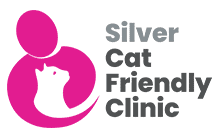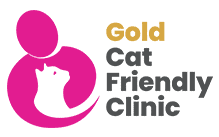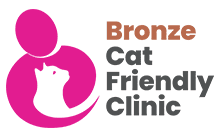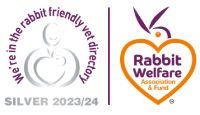Here at Pets’n’Vets, vets in the Glasgow area, we pride ourselves on delivering the highest standards of treatment and care to every pet we see.
Veterinary medicine is advancing all the time; you can be assured that we only ever introduce new techniques when we know that they deliver significantly better care for your pet.
Laparoscopic (better known as 'keyhole') surgery is one such example.
At Pets’n’Vets, we are proud to announce we are now able to offer this minimally-invasive surgery for our own patients and also we can take referrals from other vet practices.
We offer lap spays as a Fixed Price Procedure at £650.
What is laparoscopic surgery?
"Abdominal Keyhole Surgery" or “laparoscopy” has been widely used for many years in human surgery for many procedures due to its clear advantages when compared to traditional open surgery.
Laparoscopy is a minimally invasive technique for performing abdominal surgery through one or more tiny incisions in the abdominal wall - making it ideal for performing spays. An endoscopic camera is inserted through a tiny incision in your pet's abdomen, providing us with a highly-detailed view of the entire procedure and further improving surgical precision.
In a conventional spay, a large incision is made to allow the surgeon adequate sight and room to perform the removal of both the uterus and ovaries. This can also involve some tearing of tissues (suspensory ligament) which further increases the pain associated with this open surgical spay. Although this is one of the most common surgical procedures we perform it is still major surgery as anyone who has had an ovariohysterectomy will know! In contrast to conventional surgery, when neutered laparoscopically only the ovaries are removed which shortens surgical time and again reduces the risks involved.
Evidence shows that there is no medical advantage to removing the healthy uterus and the long-term health outcomes are the same for both ovariectomy and ovariohysterectomy.
What are the advantages of a laparoscopic spay over the conventional method?
This type of surgery offers a number of benefits, both for you and your pet:
Reduced pain - the two incisions are tiny (significantly smaller than the single large wound created for conventional spay surgery) and there is far less trauma to the abdominal structures that suspend the reproductive system, and thus studies suggest that post-operative pain is reduced by over 65%. This allows for a shorter course of post-operative pain-killers.
Small wounds - Even though the area of fur removed is similar, your dog will only have 2 very small wounds in the midline of her tummy, near the umbilical scar.
Faster recovery - with a smaller wound and less abdominal trauma recovery time is much quicker. This allows for a very short period of rest after surgery – generally 2 or 3 days, as compared to 14 days for conventional spay.
Minimal complication risk - smaller incisions speed up wound healing and lower the risk of any subsequent infection. Wound licking and chewing of stitches is minimised as there are only a few subcutaneous sutures used.
We would be delighted to discuss the many benefits further with you and help you decide whether laparoscopic surgery is right for your pet.










